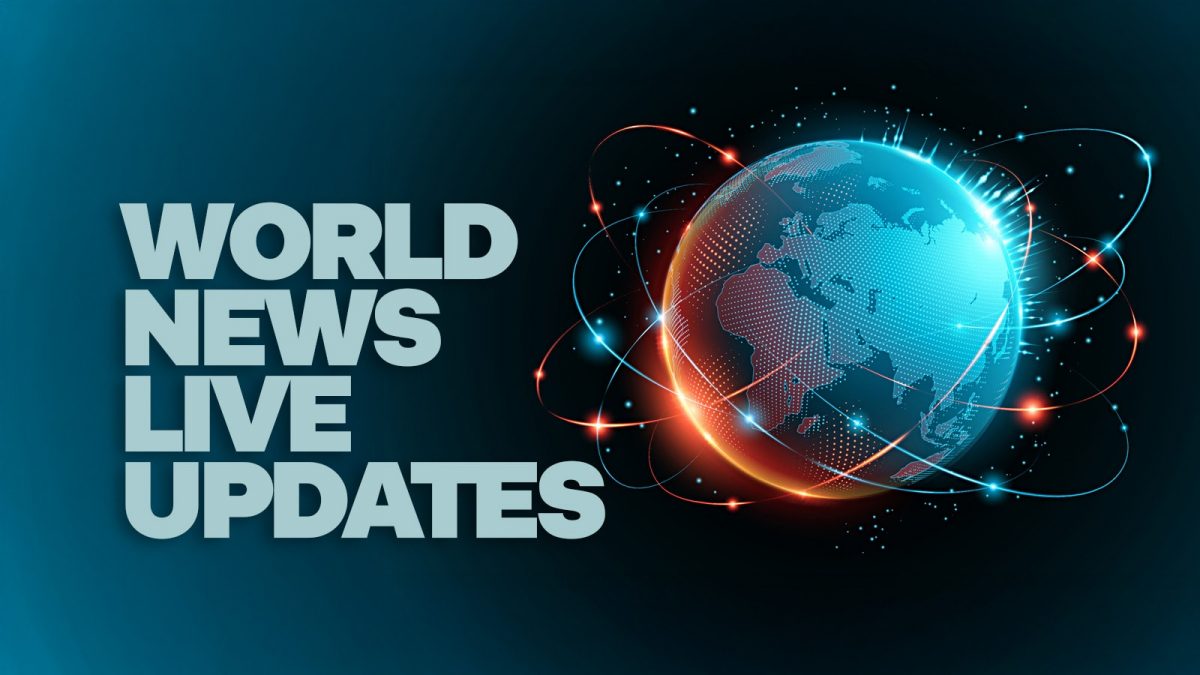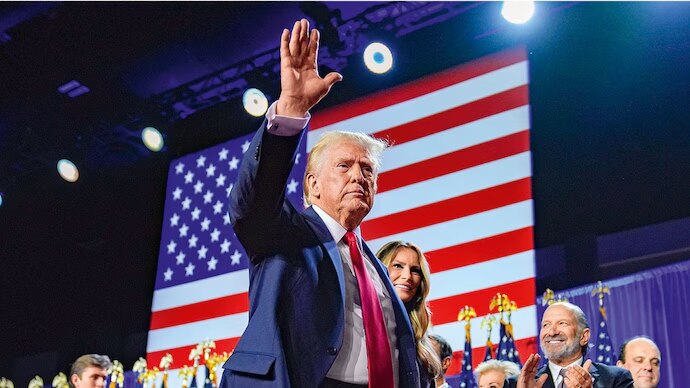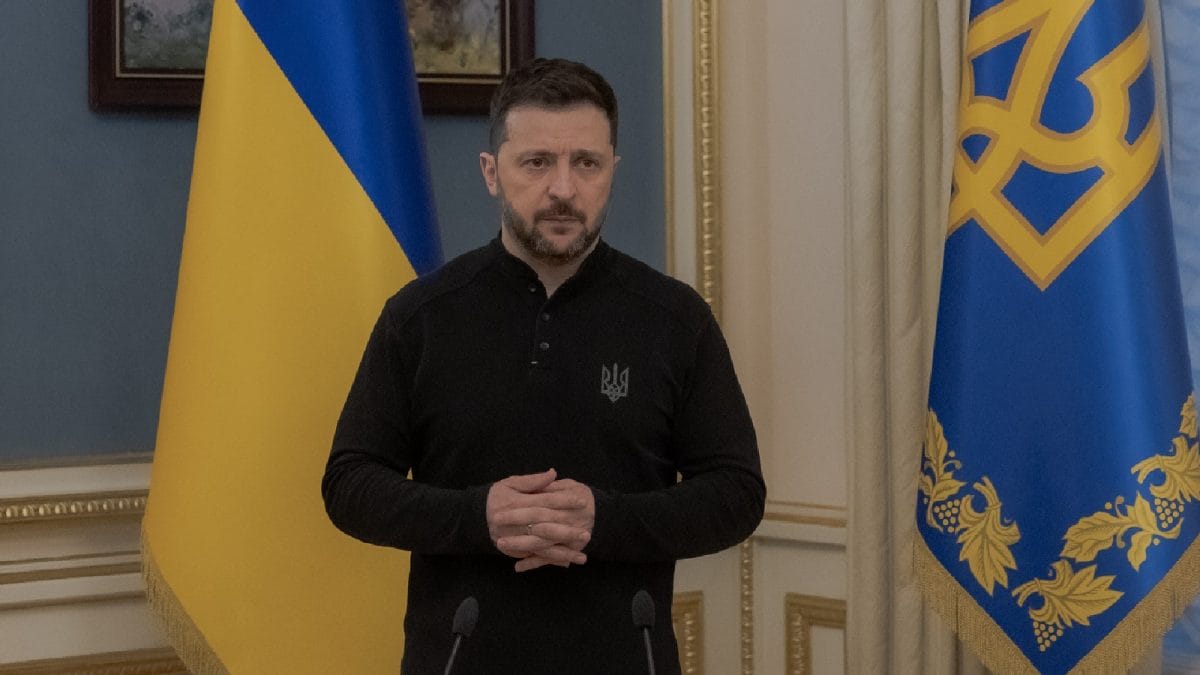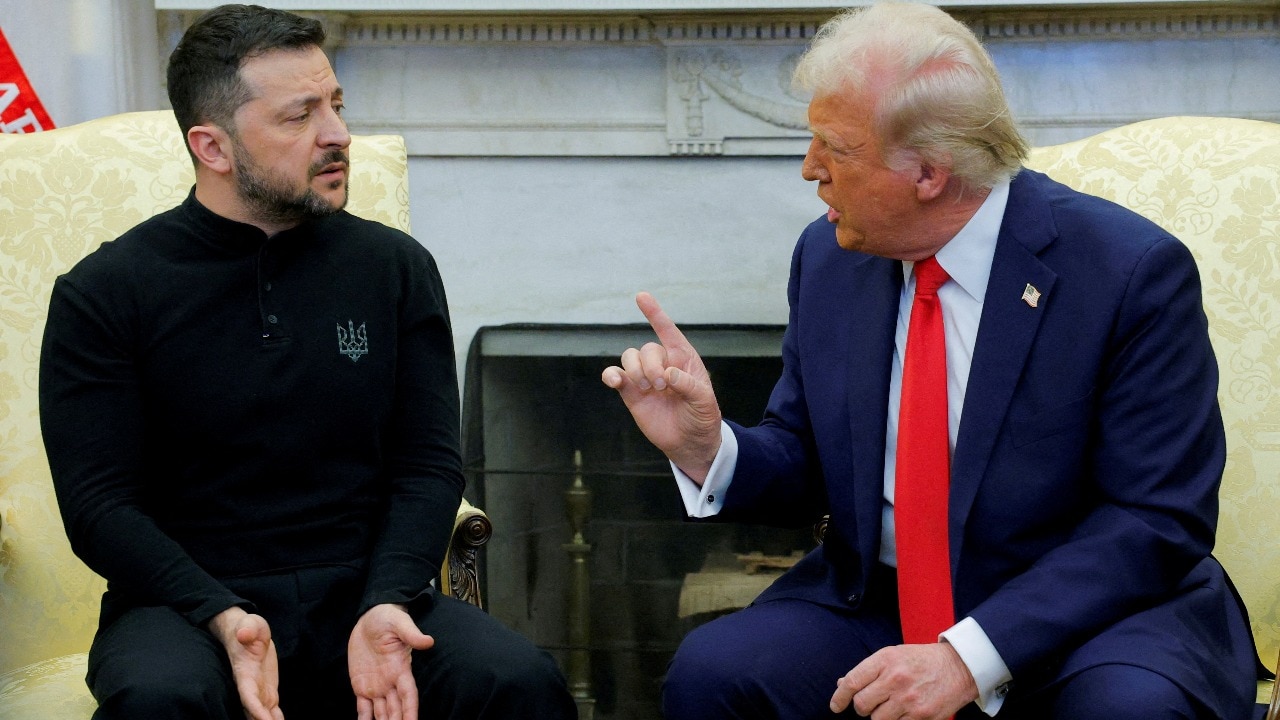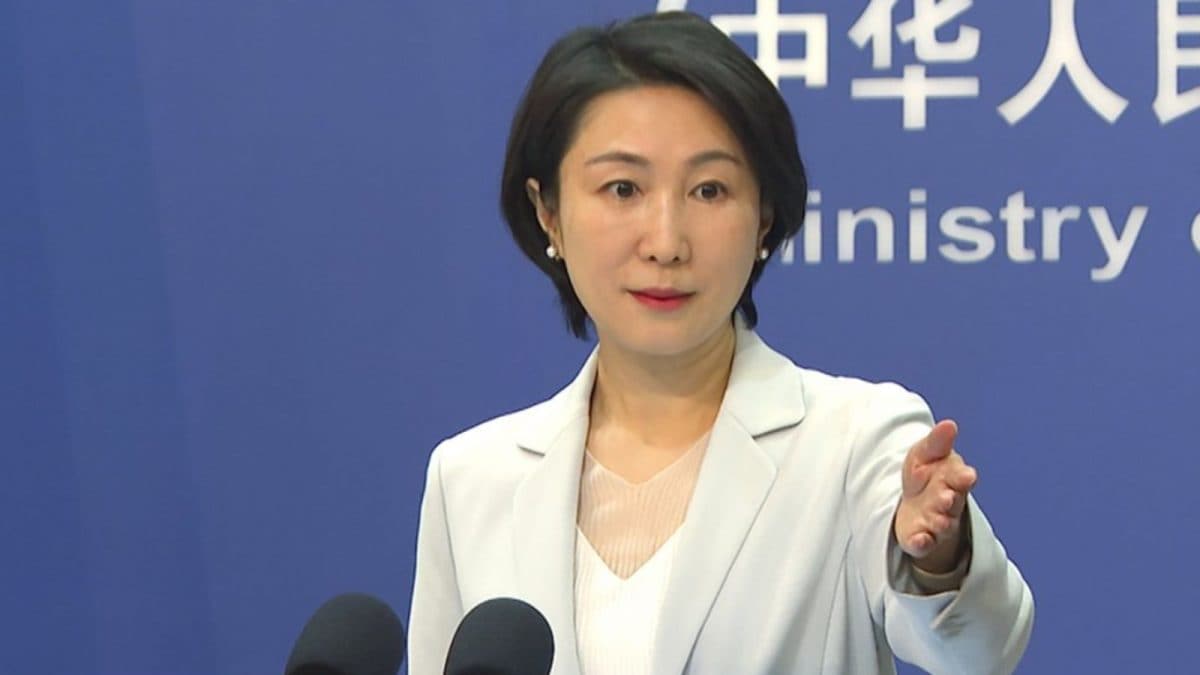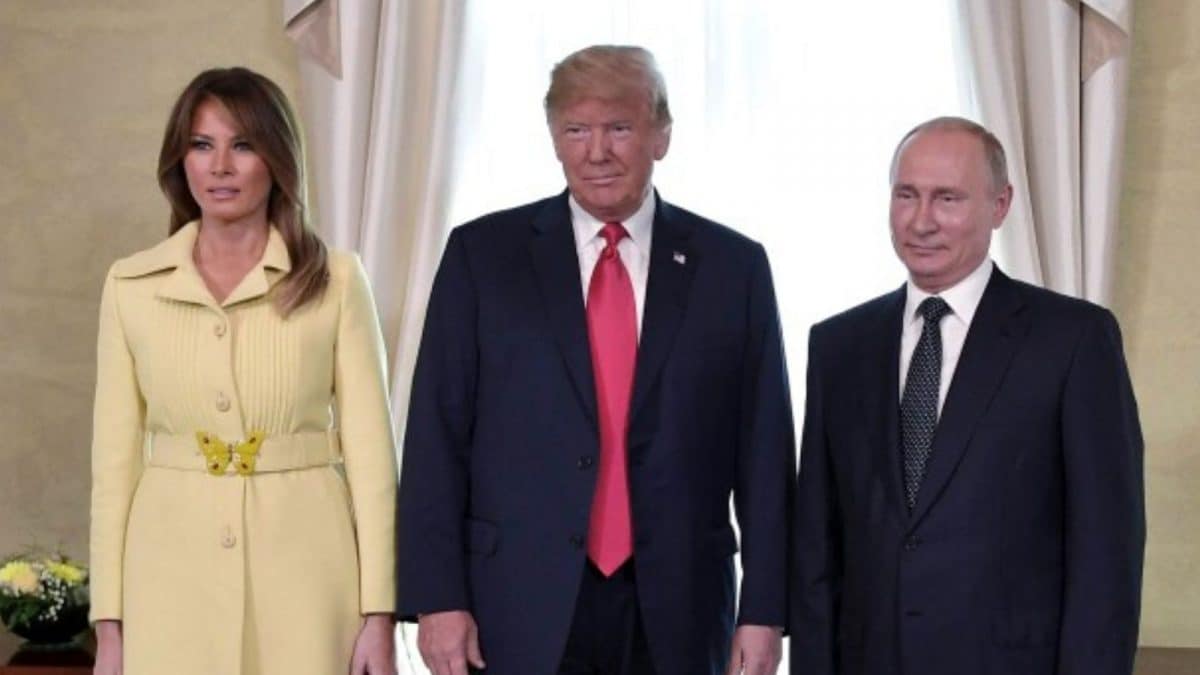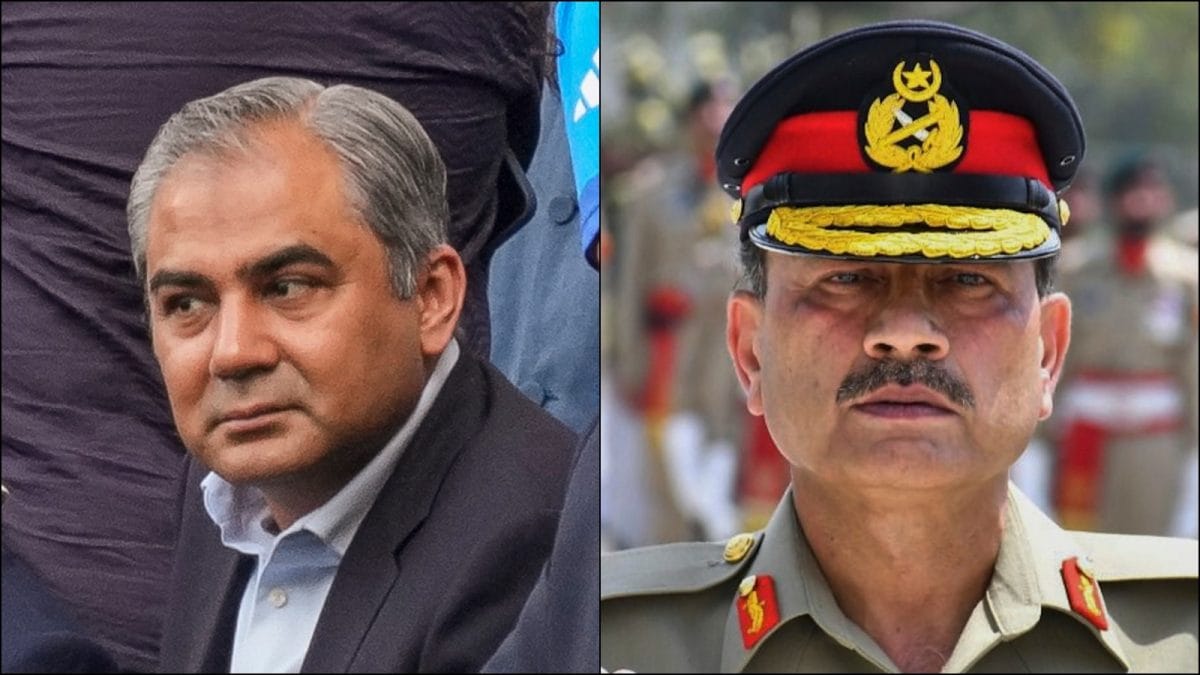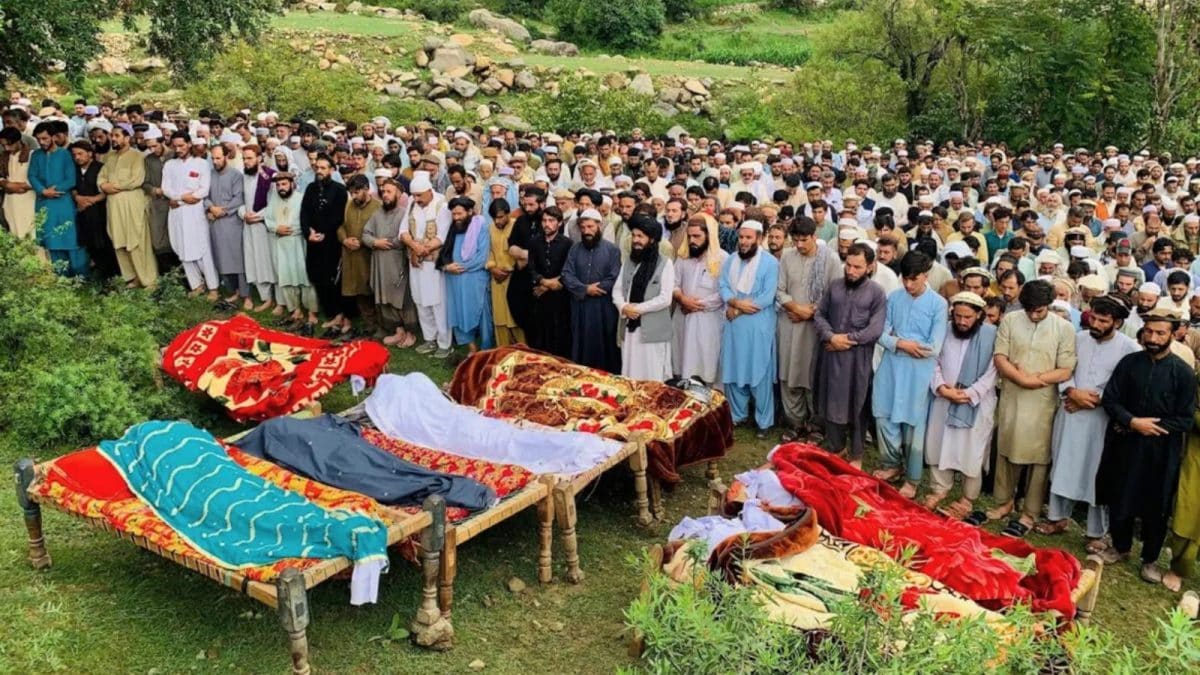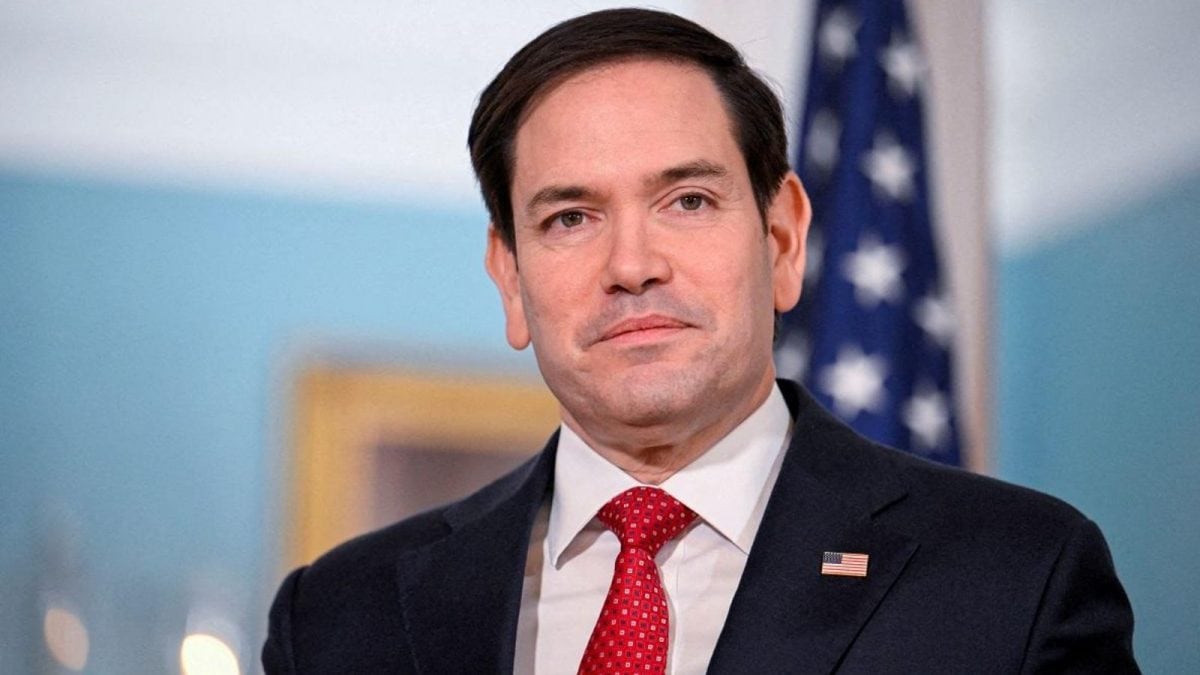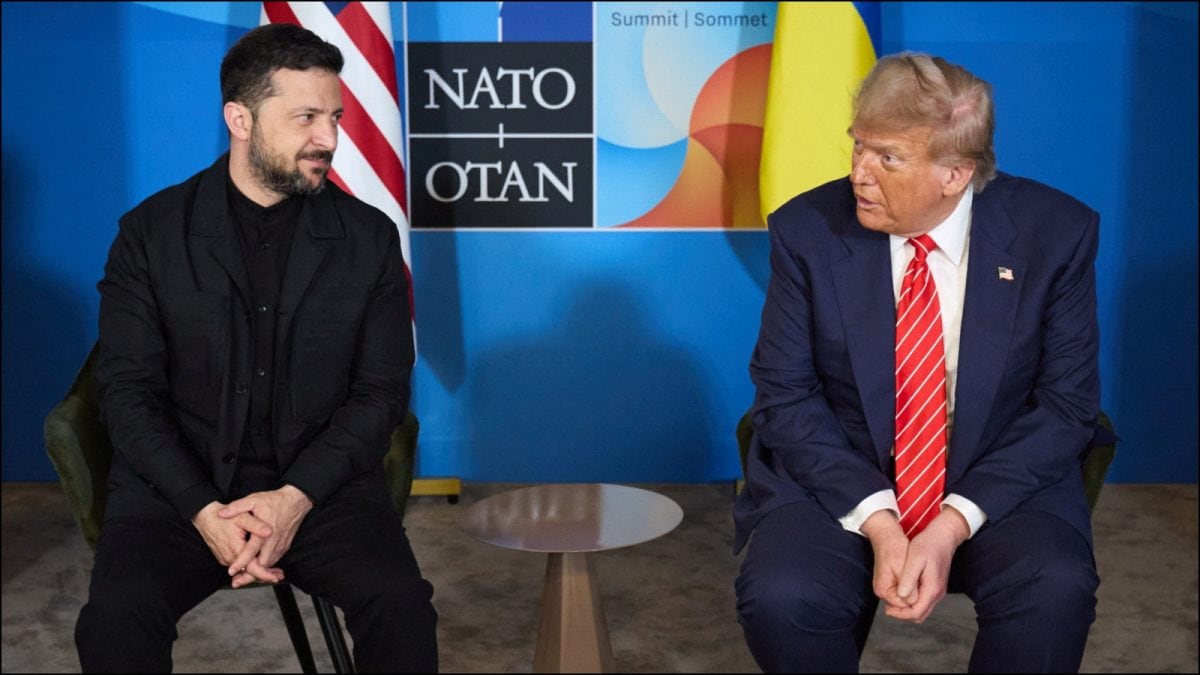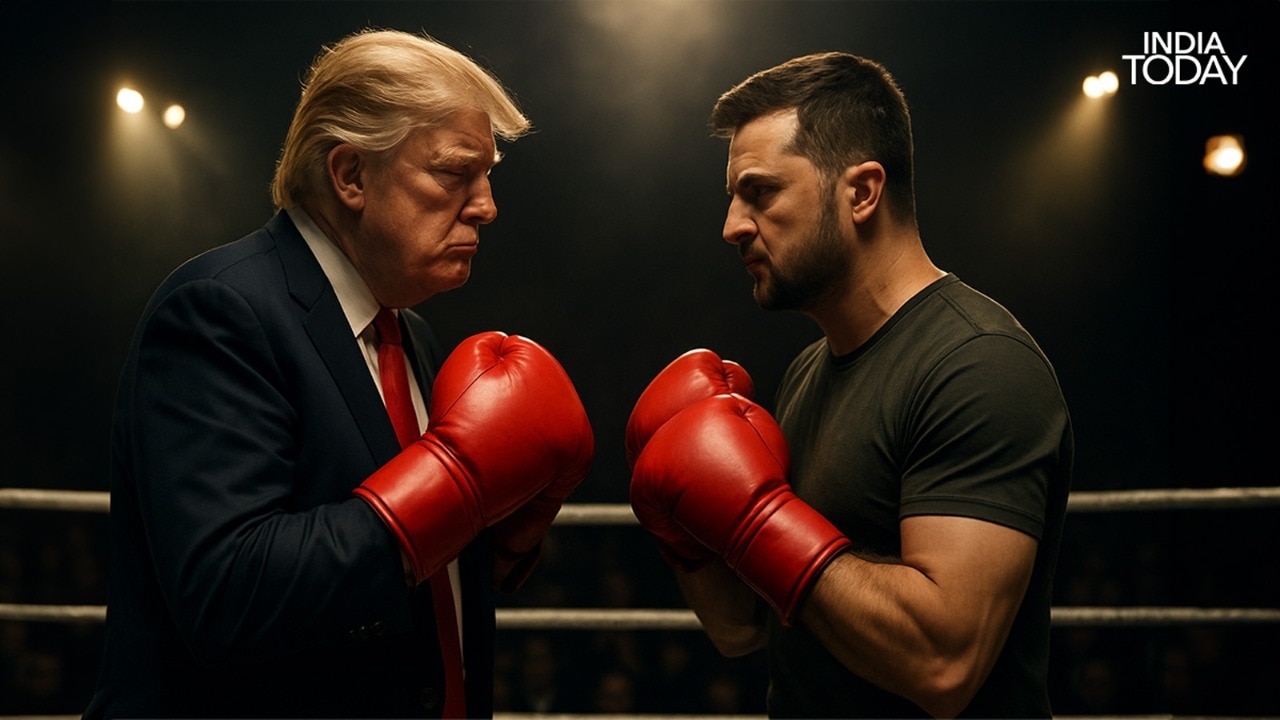Last Updated:August 18, 2025, 13:14 IST
After an inconclusive summit in Alaska, US President Donald Trump hosts Volodymyr Zelenskyy at the White House today, joined by Europe’s leaders in a bid to shape Ukraine’s future

US President Donald Trump and Ukrainian leader Volodymyr Zelenskyy. (Reuters File Image)
When US President Donald Trump hosted Russian President Vladimir Putin in Alaska last week, the encounter was billed as a potential breakthrough in the Ukraine war. Instead, the Anchorage summit ended with no ceasefire, no sanctions relief, and no peace deal. Yet, it still delivered Putin something valuable: time. With Ukraine bracing for another difficult winter and Russia seeking battlefield gains before the weather stalls advances, the lack of an agreement gave the Kremlin space to keep pressing ahead.
Now attention shifts to Washington, where Ukrainian President Volodymyr Zelenskyy will meet Trump at the White House. This time, he will not be alone. Several European leaders, including UK Prime Minister Keir Starmer, French President Emmanuel Macron, German Chancellor Friedrich Merz, European Commission President Ursula von der Leyen, and NATO Secretary-General Mark Rutte, will be by his side. Their presence signals that this round of talks could be far more consequential than the high-profile but inconclusive Alaska summit.
Alaska Summit: A Non-Deal That Gave Putin Time
The Alaska meeting was striking for its optics: the red carpet, Trump and Putin riding together in the US presidential limousine, and a joint podium appearance. But beneath the ceremony, little substance emerged. Trump appeared to avoid a hastily drawn “land-for-peace" deal that would have been seen as capitulation to Moscow. At the same time, he dropped earlier public demands for a ceasefire, a move that unsettled Kyiv and Europe.
For Putin, the outcome was manageable. No deal meant no immediate concessions, and more importantly, no interruption to his forces’ slow but steady territorial gains in eastern Ukraine. According to military experts cited by the BBC, Russia has until mid-October, before weather conditions worsen, to turn costly micro-advances into more strategic holdings. Each week without a ceasefire works to Moscow’s advantage.
From Kyiv’s perspective, the Alaska summit was not a disaster. There was no surprise backroom agreement that cut Ukraine out. But it was not a success either. It left Zelenskyy facing new pressure: Trump signalled that whether or not to accept Russian terms was “Ukraine’s decision," effectively shifting the burden onto Kyiv.
Why Washington Could Prove Decisive
The Washington talks are fundamentally different from Alaska because of who will be in the room. Last week was a one-on-one stage for Trump and Putin, with Ukraine and Europe watching from the sidelines. This week, Zelenskyy will be flanked by Western leaders determined to ensure that Kyiv is not excluded from negotiations about its own future.
For Europe, the stakes extend beyond Ukraine’s borders. The war has already reshaped the continent’s security environment, driven up energy prices, and deepened NATO’s role. By appearing jointly in Washington, European leaders aim to demonstrate that their unity is not negotiable and that any peace formula must be built with Ukraine, not imposed on it. Their message to Trump is two-fold: no peace deal without Ukraine’s direct involvement, and any settlement must be backed by cast-iron security guarantees.
This is also about Europe’s relationship with Trump. Many governments in the EU are wary that his rapport with Putin could lead him to accept Russian demands. By converging on Washington, they hope to exert collective influence and anchor Trump within a transatlantic consensus.
Zelenskyy’s High-Risk Gamble
For President Zelenskyy, the Washington meeting represents both opportunity and peril. He will arrive backed by European allies, avoiding the isolation he felt in February when he faced a hostile Oval Office encounter with Trump. Yet, the risks are immense.
Ukraine’s constitution forbids ceding territory, and Zelenskyy has consistently ruled out surrendering land. But with Russia holding Crimea and most of Donbas, and demanding even more, pressure to “be pragmatic" is mounting. If Trump pushes him toward concessions, Zelenskyy risks appearing weak at home and losing legitimacy among Ukrainians who have sacrificed enormously to defend their country.
At the same time, rejecting Trump outright could land him in the US President’s crosshairs, potentially jeopardising vital American support. It is a delicate balancing act for a leader whose nation’s survival depends on both holding territory and maintaining allies’ backing.
Europe’s United Front In Washington
What makes Washington different is the coalition Zelenskyy brings with him. Leaders like UK Prime Minister Keir Starmer and NATO chief Mark Rutte are seen as figures Trump listens to and respects. Their role may be to frame Ukraine’s case in terms that appeal to Trump’s instincts, emphasising strength, deterrence, and strategic necessity rather than abstract principles.
Macron and von der Leyen may find a colder reception. Trump has criticised Macron’s push to recognise Palestinian statehood and has long viewed EU institutions with suspicion. Still, the optics of unity matter: by appearing together, European leaders blunt Putin’s long-standing playbook of divide-and-rule inside the West.
Their message is consistent: no deal without Kyiv at the table, and no settlement without firm, enforceable security guarantees. That is intended to box Trump into a position that acknowledges Ukraine’s sovereignty while keeping the door open for creative diplomatic solutions.
The Core Trade-Off: Land Vs Security Guarantees
At the heart of negotiations lies a fundamental question: can Ukraine trade land for security? Putin insists that Crimea and most of Donbas are non-negotiable. Ukraine, backed by Europe, argues that international borders cannot be changed by force.
According to BBC, some in the West have floated the idea of NATO-style security guarantees for Ukraine, which could deter future aggression even if some territory remains under Russian control. Kaja Kallas, the former Estonian prime minister and now the EU’s foreign policy chief, told the BBC that victory for Ukraine “does not have to be exclusively about reconquering occupied land" — it can also mean securing the country’s independence over the long term.
But this is a hard sell in Kyiv. Thousands have died defending those lands, and any concession risks undermining morale and public trust. Even a carefully crafted “compromise peace" is fragile if it appears to lock in Russian gains without ironclad protections against renewed aggression.
Trump’s Credibility Test
For Donald Trump, Washington is also a personal test. CNN noted that Trump’s behaviour in Alaska, fawning over Putin without securing tangible results, fuelled concerns that he was ceding ground. If Washington repeats that pattern, doubts about his diplomatic instincts will deepen.
Trump built his return to the White House on a pledge to end the Ukraine war in “24 hours." The reality of Putin’s demands has already forced him to recalibrate. Washington may show whether he has truly absorbed the risks of appeasement, or whether he continues to believe personal rapport with Putin can deliver outcomes where strategy cannot.
His credibility is at stake not just with Ukraine and Europe, but with American voters who expect him to defend US interests without appearing to bow to Moscow.
The Long Shadow Of Putin’s Patience
Even if Washington produces a framework for peace, the longer-term question remains: can Putin be deterred from trying again? According to military experts cited by the BBC, a pause in fighting would only give Putin the chance to reconstitute his army, build more weapons, and potentially strike again within three to four years.
This is why European leaders insist that Ukraine must be turned into what Ursula von der Leyen called a “steel porcupine" — bristling with weapons, training, and defences that make any future invasion prohibitively costly. Security guarantees must be credible and lasting, not mere paper assurances.
Why This Meeting Matters For Europe Too
Ultimately, the Washington meeting is not only about Ukraine’s fate. It is about Europe’s security order and the credibility of the West as a whole. For European leaders, the risk of Trump cutting a bilateral deal with Putin is existential: it would unravel decades of collective defence thinking and embolden other powers that seek to redraw borders by force.
By showing up together in Washington, they hope to send Trump a message: Europe stands united with Ukraine, and any peace must reflect that unity. Whether Trump is persuaded, and whether Putin allows meaningful progress, will shape not just the war’s endgame, but the continent’s balance of security for years to come.

Karishma Jain, Chief Sub Editor at News18.com, writes and edits opinion pieces on a variety of subjects, including Indian politics and policy, culture and the arts, technology and social change. Follow her @kar...Read More
Karishma Jain, Chief Sub Editor at News18.com, writes and edits opinion pieces on a variety of subjects, including Indian politics and policy, culture and the arts, technology and social change. Follow her @kar...
Read More
August 18, 2025, 12:27 IST
News explainers Trump's Test, Zelenskyy's Bet, Europe's Stake: Why Washington Talks Could Outweigh Alaska
Disclaimer: Comments reflect users’ views, not News18’s. Please keep discussions respectful and constructive. Abusive, defamatory, or illegal comments will be removed. News18 may disable any comment at its discretion. By posting, you agree to our Terms of Use and Privacy Policy.
Read More

 4 hours ago
4 hours ago


